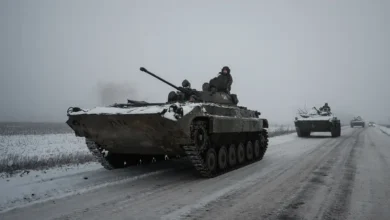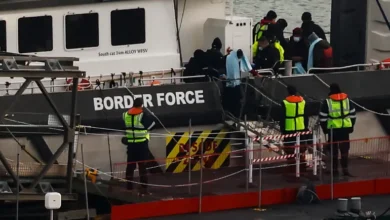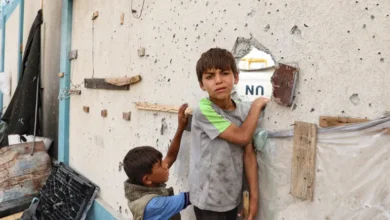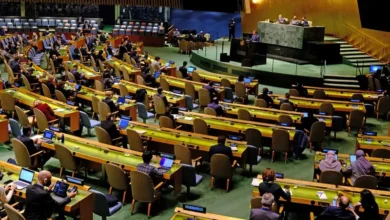Brazilian authorities recover bodies, probe cause of deadly plane crash
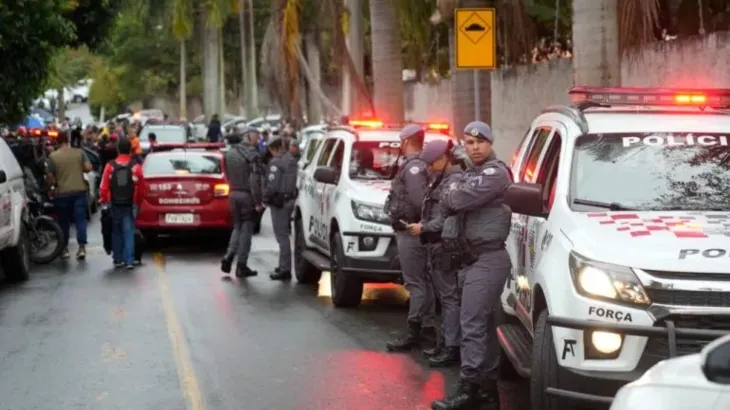
At least 31 bodies had been recovered by 1pm local time (16:00 GMT) on Saturday, the Sao Paulo state government said. The bodies of the pilot and co-pilot were identified, said Dario Pacheco, mayor of Vinhedo.
All the bodies were being moved to the police morgue in Sao Paulo, about 80km (50 miles) southwest of Vinhedo.
Local airline Voepass’s plane, an ATR 72 twin-engine turboprop, was headed for Sao Paulo’s international airport with 58 passengers and four crew members when it went down on Friday.
The airline had revised its initial death toll down to 61, but on Saturday brought it back up to 62 after finding a passenger who was not on the original list of names.
“The person is a passenger who was not on the list of names released last night because, for technical reasons, his identity had not been confirmed,” Al Jazeera’s Monica Yanakiew reported from Sao Paulo.The position of the bodies on the crashed plane, physical characteristics, documents and belongings such mobile phones were being used to aid in identification, firefighter Maycon Cristo said at the crash site on Saturday.
“Once all this evidence has been collected, we will remove the victims from the wreckage and place them in the vehicle to be transported to Sao Paulo,” he added.
Relatives of the victims have also travelled to Sao Paulo to help provide genetic material for DNA identification of body parts and other information on the dead, said Henguel Pereira, coordinator of the Sao Paulo state government’s civil defence agency.
As recovery efforts continue, questions swirl around the cause of the crash.
A report on Friday from Brazilian television network Globo’s meteorological centre said it “confirmed the possibility of the formation of ice in the region of Vinhedo”, and local media cited experts pointing to icing as a potential cause.
Lieutenant Colonel Carlos Henrique Baldi of the Brazilian air force’s centre for the investigation and prevention of air accidents told reporters in a Friday news conference that it was still too early to confirm whether ice caused the crash.
Brazilian aviation expert Lito Sousa also cautioned that meteorological conditions alone might not be enough to explain why the plane fell in the manner it did.
“Analysing an air crash just with images can lead to wrong conclusions about the causes,” Sousa told The Associated Press by phone.
“But we can see a plane with loss of support, no horizontal speed. In this flat spin condition, there’s no way to reclaim control of the plane.”
Speaking to reporters on Friday in Vinhedo, Sao Paulo Public Security Secretary Guilherme Derrite said the plane’s black box had been recovered, apparently in a preserved state.
Meanwhile, French-Italian plane manufacturer ATR said in a statement that it had been informed that the crash involved its ATR 72-500 model, and that company specialists are “fully engaged to support both the investigation and the customer”.
The ATR 72 is generally used on shorter flights. The planes are built by a joint venture of Airbus in France and Italy’s Leonardo S.p.A.
Friday’s crash is Brazil’s deadliest since 199 people were killed in 2007 on a flight operated by TAM, which later joined LAN to become what is now LATAM Airlines.
It is also the world’s deadliest crash since January 2023, when 72 people were killed when a Yeti Airlines plane in Nepal stalled and crashed while making its landing approach. That plane also was an ATR 72, and the final report blamed pilot error.


